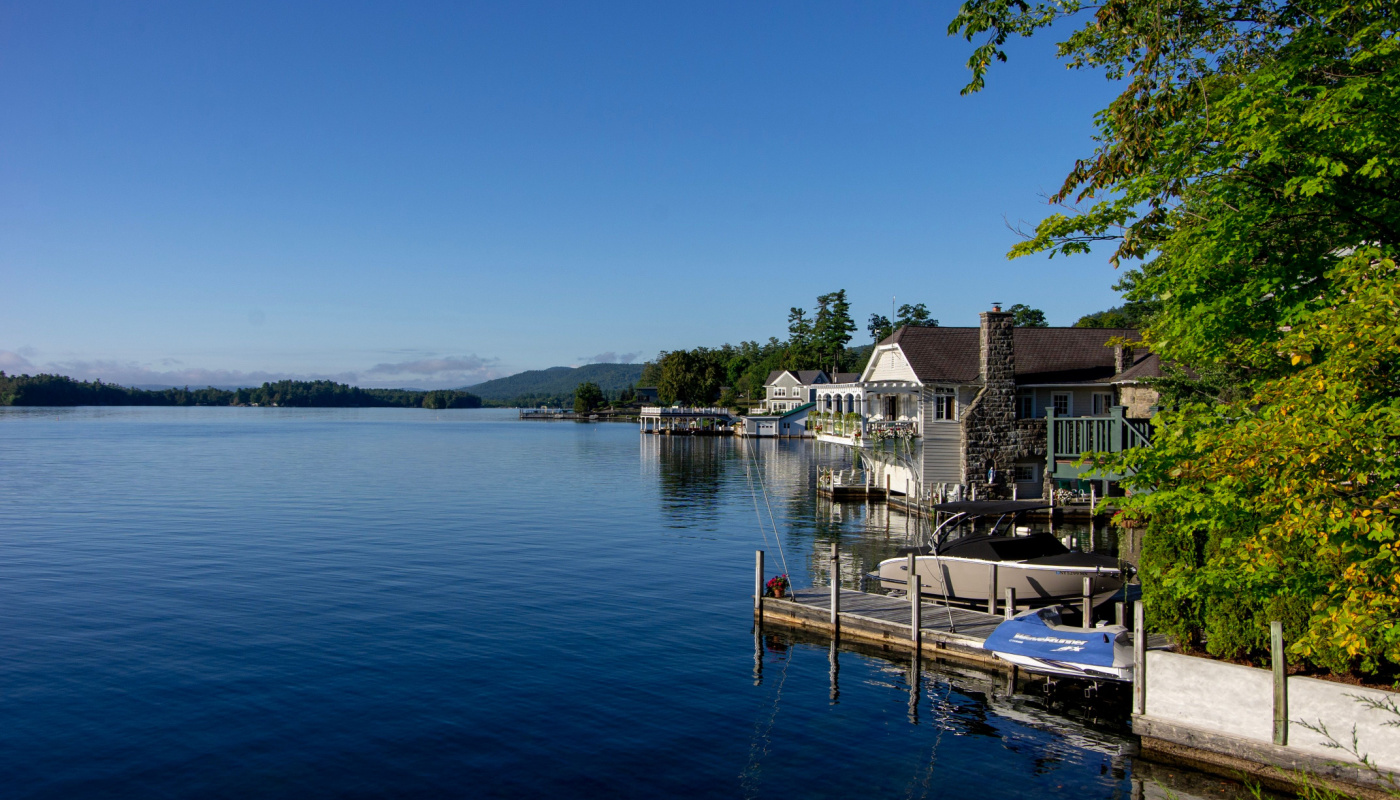
The vast majority of New Yorkers live within coastal areas along the Hudson River, Long Island Sound, and Great Lakes. Although these areas account for a minor percentage of the State’s overall land mass, the population densities far outpace landlocked communities, often resulting in competing, if not conflicting, demands for economic development and conservation.1
Property owners looking to develop within coastal areas should carefully evaluate whether their proposed site is subject to a Local Waterfront Revitalization Program (LWRP) aimed at addressing these competing demands. An LWRP will generally establish heightened standards for land use projects within the coastal area and will usually require the developer to obtain an additional project approval in the form of a “Consistency Determination” that the proposed project is consistent with the land use policies of the LWRP.
LWRPs can significantly affect proposed development projects, and sometimes the effect is not immediately obvious to a prospective land purchaser. The “Coastal Area” targeted by the LWRP regulations often extends a substantial distance inland, and not just to “waterfront” lands. A “Consistency Determination” requires that the proposed project be consistent with all Coastal Policies. The State has 44 Coastal Policies and an LWRP can adopt refined local policies as well. It is sometimes difficult to be consistent with policies that cover such a wide range of goals.
Coastal Management Program Statutory Authority
The federal government adopted the Coastal Zone Management Act (CZMA) in 1972 to encourage coordination and cooperation amongst federal, state, and local agencies for the development, use, and protection of coastal areas throughout the United States.2 Under CZMA, states are authorized to adopt Coastal Management Programs (CMPs) that set forth various objectives and policies guiding public and private uses of lands and waters in an identified coastal area.3 CMPs must also set forth the criteria and standards for local implementation of a state’s coastal policies.4
In 1981, New York enacted the Waterfront Revitalization of Coastal Areas and Inland Waterways Law (Waterfront Act), in furtherance of the federal coastal management programmatic requirements. The Waterfront Act establishes the boundaries of the State’s coastal areas and establishes enforceable policies for state and federal actions in the coastal area. 5 In 1982, New York issued its CMP, which formally established the State’s 44 coastal policies.6 These policies range from encouraging revitalization of deteriorated waterfronts and the siting of water dependent uses, to protecting significant coastal wildlife habitats and increasing public facilities and access to the waterfront.7
Local Waterfront Revitalization Programs
The Waterfront Act also empowers local governments to join in the enforcement of the State’s Coastal Program, by adopting an LWRP.8 The first part of the LWRP is a refinement of the State’s 44 coastal policies to apply to the unique resources of each community.9 After the State approves the community’s LWRP, the Consistency Determinations of all Agencies approving actions within the Coastal Zone will be based on the local community’s refined version of the 44 coastal policies.
The second part of the LWRP Program is an enforcement program to assure that future development in the Coastal Zone will be consistent with the LWRP. This is usually done by requiring what is effectively an additional land use approval, a “Determination of Consistency” that the project is consistent with the LWRP coastal policies. The authority to issue these determinations can be delegated to an existing board (the Planning Board or the Zoning Board, for example) or to a Board created as part of the LWRP program. Some communities delegate the authority to the State Environmental Quality Review Act Lead Agency for the proposed project.
Waterfront Development in Practice
Investigation relating to waterfront regulations should be incorporated into basic due diligence prior to land acquisition. If the property is within an LWRP designated coastal area, it is also important to review the standards for obtaining a Consistency Determination, and the timing impacts for the project of the additional review. Even if the community does not presently have an LWRP, it is important to find out if one is being considered. The adoption of an LWRP frequently is preceded by many months of local review.
Cuddy & Feder’s Land Use & Zoning and Energy & Environmental attorneys have significant experience leading design teams through the local waterfront review process in connection with proposals involving manufacturing plants, commercial and mixed-use developments, single- and multi-family residences, and adaptive reuse projects. Our land use attorneys can assist with reviewing a locality’s LWRP and waterfront regulations to determine whether and to what extent the proposed development requires consistency review by a local board prior to formalizing a development application.
- New York Coastal Management Program, 309 Assessment and Strategies, May 15, 2020, available at: https://dos.ny.gov/system/files/documents/2021/06/nys-2021-5-yr-assessment-and-strategy.pdf (“Almost 16 million people- approximately 85% of the State’s population – live and work in the State’s coastal counties, which account for only 12% of the State’s land mass”).
- 16 U.S.C. § 1451(i); 16 U.S.C. § 1452(4), (5).
- 16 U.S.C. § 1453(12).
- 16 U.S.C. § 1455(d)(11)(A).
- NY Exec L § 910 et seq.
- New York State Coastal Management Program and Final Environmental Impact Statement, 1982, last revised 2020, available at: https://dos.ny.gov/system/files/documents/2021/04/ny_cmp_dec2020_w-bookmarks_working_topost.pdf [hereinafter “NYS CMP”].
- NYS CMP Policies, 1, 2, 7, 19.
- NY Exec L § 915. Local governments that have any portion of its jurisdiction contiguous to the state’s
coastal waters or inland waterways may adopt an LWRP. Id.
- New York State Local Waterfront Revitalization Programs in the Coastal Area: Guidance Manual for Preparing Local Programs, p. 25, available at: https://dos.ny.gov/system/files/documents/2021/09/lwrp-preparation-guidance_final_9_1_21.pdf.

